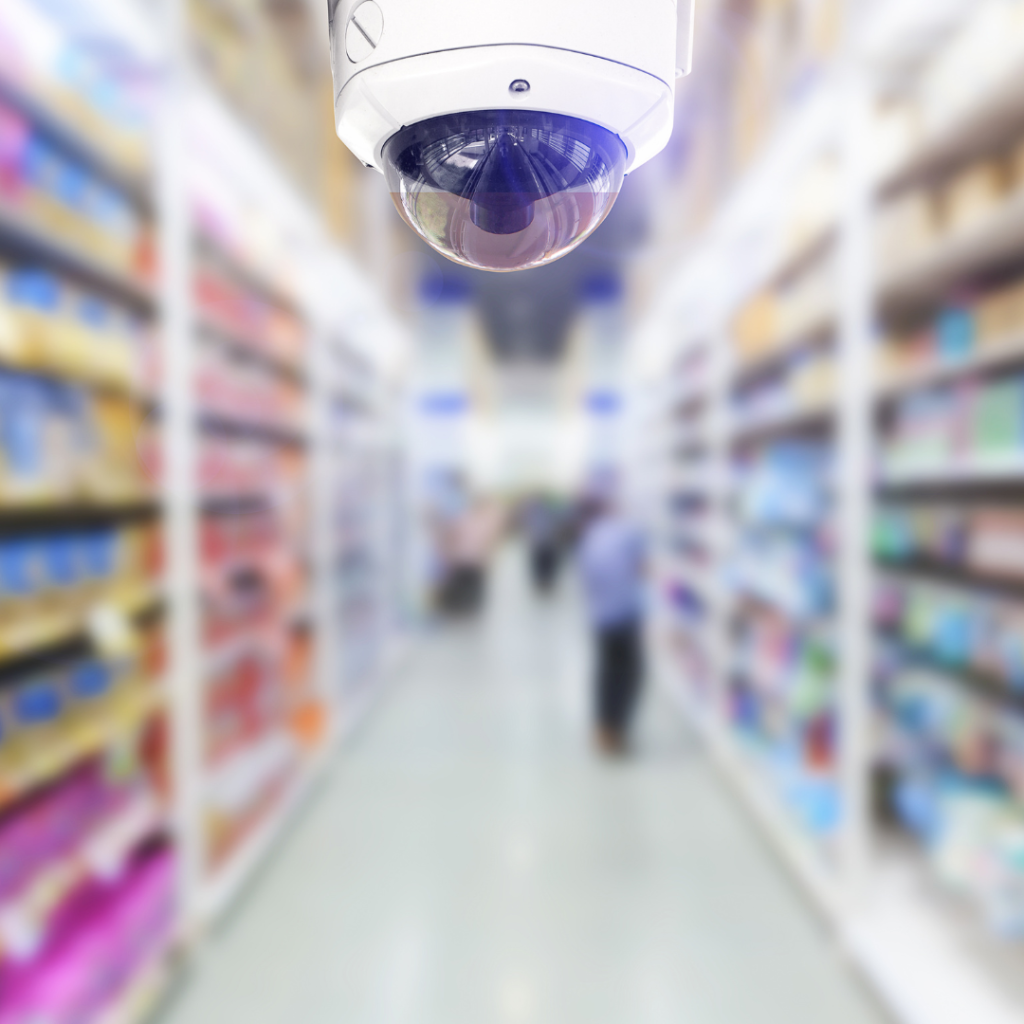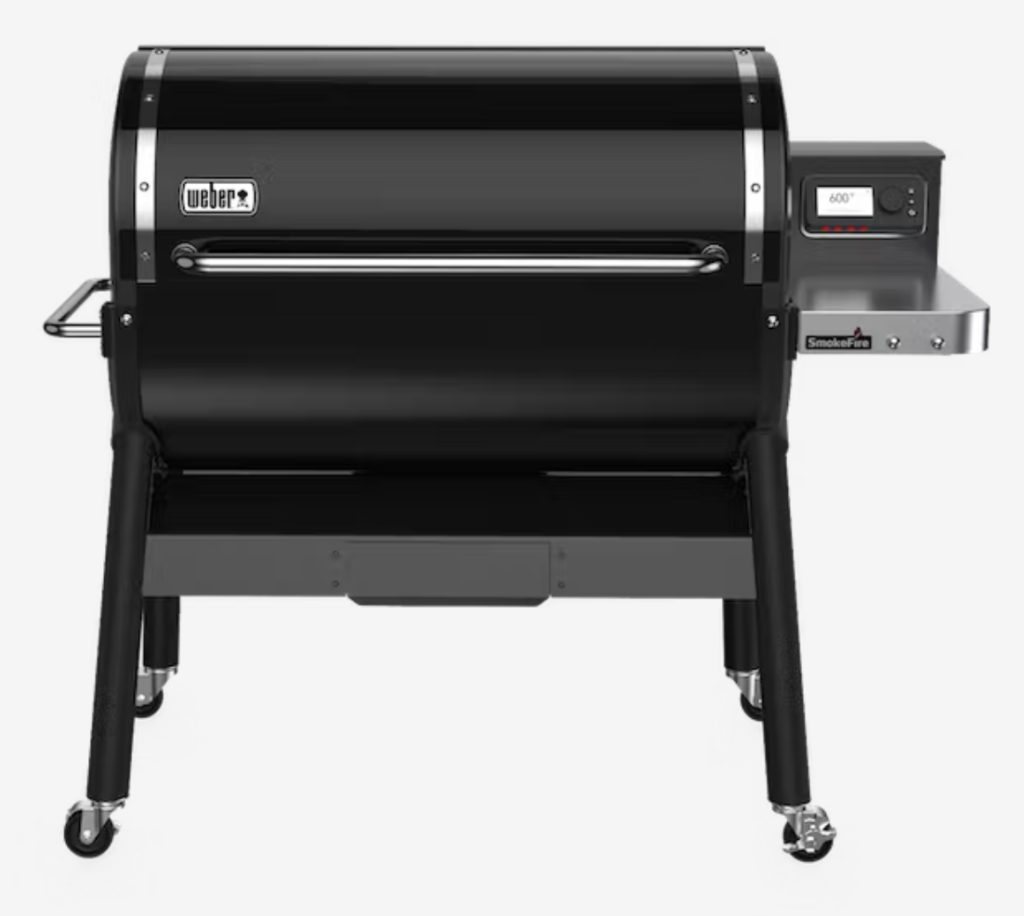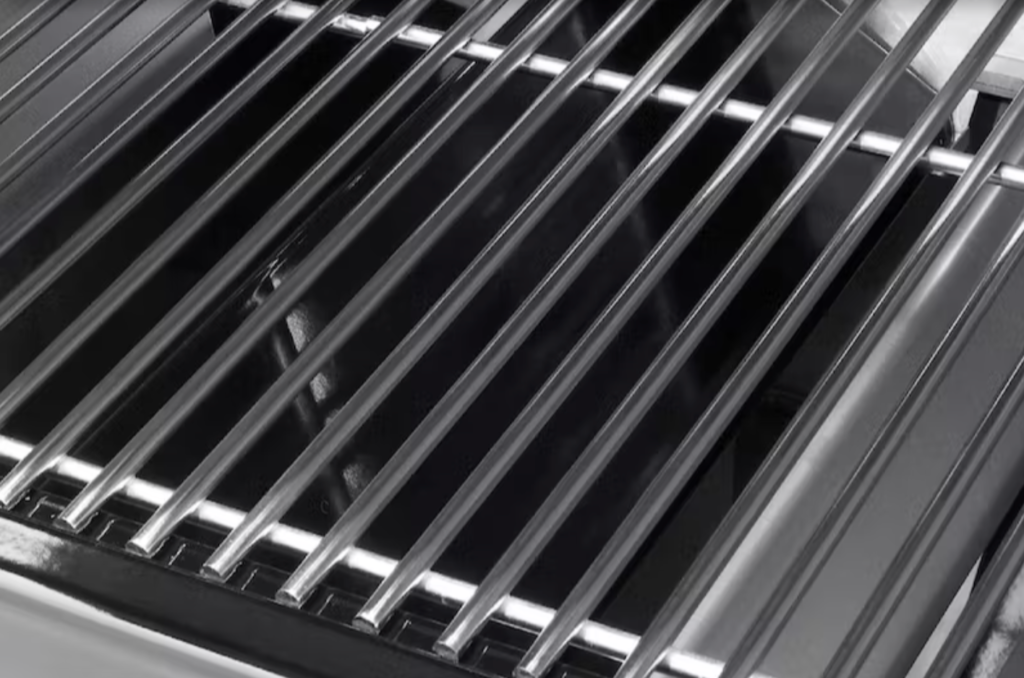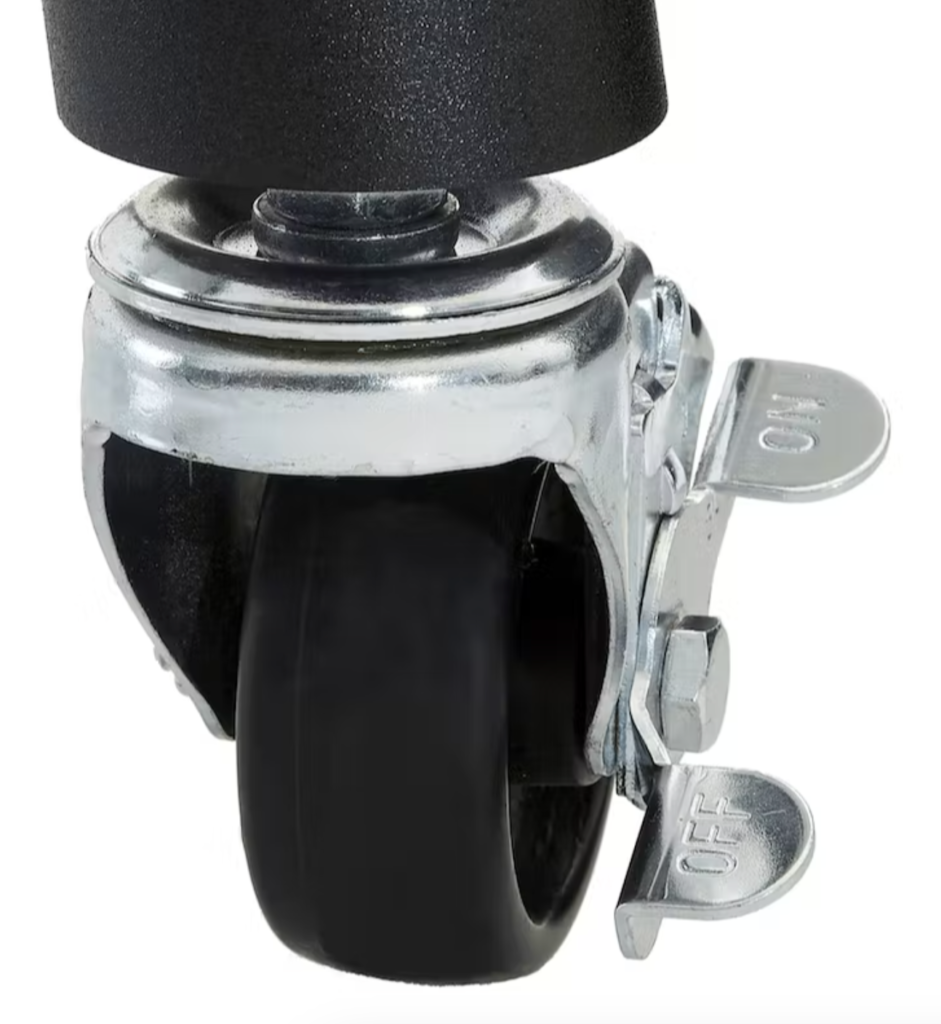Blog
Content Consumption
Tools like Hotjar.com allow us to do something shoppers don’t realize is possible. They allow us to watch recordings to see where shoppers linger and which sections they zoom past.
It’s like video footage for a retail store. But instead of catching theft, we’re catching lost conversions.

Watching Hotjar recordings this weekend I saw what I always see. That 90% of shoppers weren’t paying any attention to page content (which is a dead giveaway that they aren’t going to buy) while 10% were paying extreme attention (you can literally see them mouse over each word as they are reading.)
The second group is consuming your content and driving most of your sales.
Because content consumption isn’t properly understood by most direct-to-consumer (DTC) brands it presents an opportunity to gain an upper hand. Stick around and see how.
Why Content Consumption Is a Big Deal
Imagine you own a physical retail store. One of the items in your store is this Weber wifi enabled wood fired pellet grill:

Studying your in-store video footage you observe two prospects inspecting the grill: Steve and Adam.
Steve walks into the store with his wife. The two of them seem to be moving towards aisle 7 but Steve notices the grill, has a quick chat with the wife, and proceeds to the pellet grill alone. He lifts the hood and looks at the brochure at the side of the grill. Lingers for around 2 minutes, then walks away.
Adam, in contrast, walks into the store and goes right to the Weber grill. He too lifts the lid but doesn’t close it right away. Then he leans in to inspect the grill surface …

… and the pellet holder:

Then falls on his knees to investigate the wheel locking mechanism:

Unlike Steve, Adam flips through all pages of the brochure. In total Adam has spent 21 minutes with the grill.
Neither buys but who do you think is more likely to buy?
Exactly.
Adam has crossed the zone of not caring.
The Zone of Not Caring
At the top of this article, I spoke about how 90% of visitor behavior doesn’t make sense. That’s because these visitors are stuck in the zone of not caring.
If motivation is presented on a 1 to 10 scale these people are at a 4. To get them to buy we need to move them to at least an 8. But to do that we need to focus their attention on your key content.
In the absence of a proper content consumption strategy (explained in the next section) most will remain in this zone of not caring.
Tracking Content Consumption
To track consumption we first need to identify what we want to track and define consumption.
1— What to track: Identify page elements you believe have the biggest impact on conversions. Be selective. Don’t fall for the trap of saying “everything is important”. Pick 3 items. We cover content discovery in this article: Content Discovery.
2— Define tracking: Say your page has a video that made your shortlist. Now you need to define consumption. Is it people who watch the first 50% of the video or does the viewer need to watch the whole video for us to consider it consumed? There are no right answers, just pick what makes sense for your business.
Now ask your developer to code this tracking and build a dashboard in your analytics tool for a bird’s eye view.



